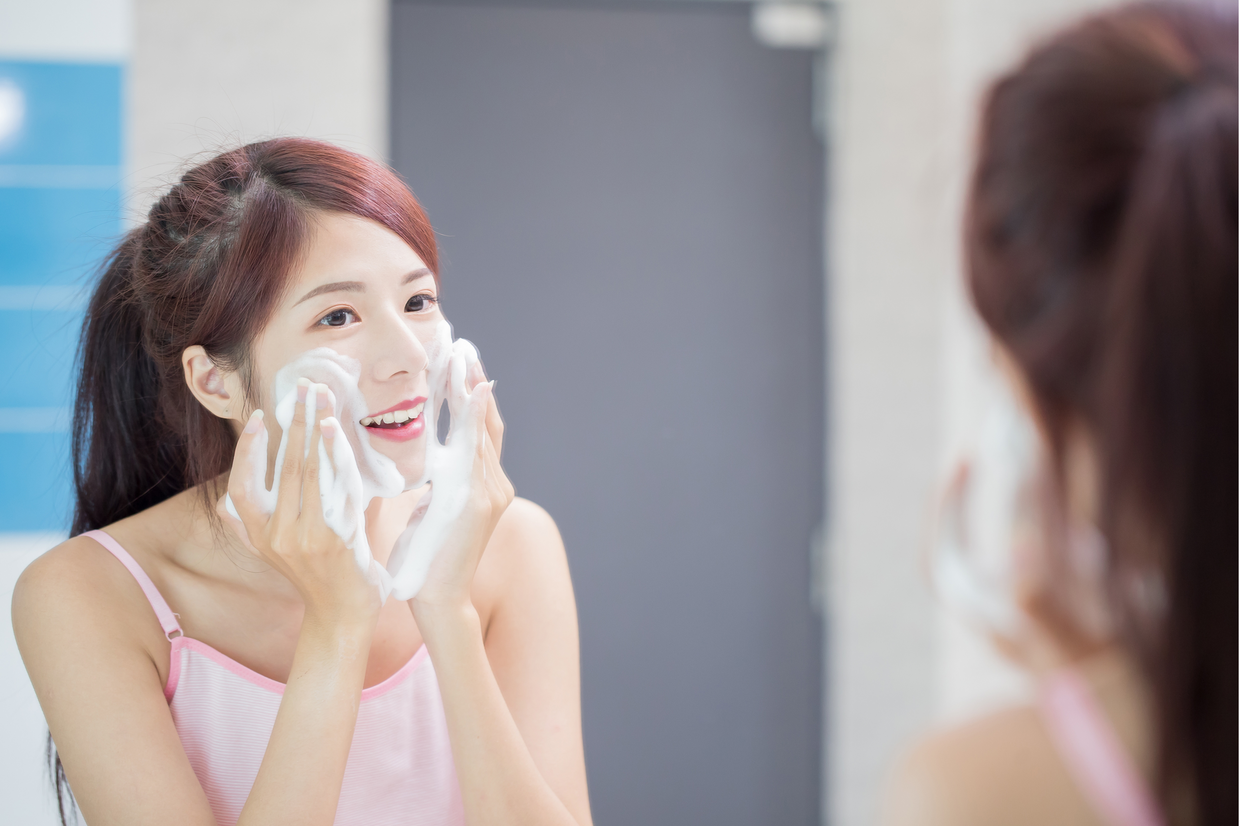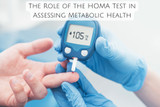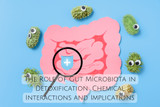Fungal Acne: What is it and how to treat
Unable to identify fungal acne? Worried about Fungal acne?
Are you still finding a way to cure fungal acne?
Are you the one who has searched many times in Google and still finding a perfect solution on fungal acne?

According to the survey conducted by Kiwla,
Many people treat fungal acne without properly understanding about the type of acne they have as observed by Dermatologists. By the end of 2022, the number of people affected by acne in India is estimated to reach 19 million at a compounded annual growth rate (CAGR) of 0.5.
Are you among the ones who came here just to take notes on Fungal acne treatment and preventions then it’s my humble request is to read the complete article and identify whether you have fungal acne or not?
FUNGAL ACNE…
In normal words, Fungal acne is a type of acne which occurs due to excess of yeast. Yeah, you heard it right, due to excess amount of yeast or generally, we also call it as fungus, which inflames the hair follicles on your skin and causes pimple-like bumps.
In technical terms, the condition of the fungal acne is called Pityrosporum folliculitis or Malassezia folliculitis, As your dermatologist may still call it Pityrosporum as Malassezia is an updated one.

You may have questions on yeast infection symptoms and its effective levels; we will discuss everything one by one.
Most yeast infections are common in warm, moist, creased areas of the body, including your armpits and groin. Diabetic persons also face yeast infections.
Yeast infection symptoms:
Yeats can infect in many areas of the body like skin, nail beds, mouth, tongue, and also in the vagina. As of now, I have only listed those infections which relate to the skin.
Below are the Signs of a yeast infection on your skin including:
- Burning
- Rash
- Itching
- Patches that ooze clear fluid
- Pimple-like bumps
The level of yeast infections generally increases during hot, humid weather or when you're sweating for extended periods. However, don’t come to the conclusion that it will occur only during the summer season. It may occur at any time based on hot, humid weather.
Based on the level of Yeast, the infections result in inflammation, for example, if your Yeast level is high then it promotes inflammation, which in turn manifests on the skin as pus bumps.
NOTE / REMEMBER: Yeast has a tendency to spread, which means there's a chance that fungal acne can be passed along to others and also within your skin.
HOW TO SPOT FUNGAL ACNE...
There is a lot of confusion in spotting fungal acne because there are many acne we usually come across and find difficulty in finding them.
Fungal acne is usually observed as red bumps acne. A simple test is, If the area has more itchiness then it is Fungal acne and it is usually observed on the chest, shoulders, and back, and usually occur in clusters. It is interesting to say that, it also be infected by wearing restricted clothes like diving suits.
When you are sweating under clothes try to take a bath as early as possible as increased sweat time on the body may lead to Fungal acne.
HOW IS IT DIFFERENT FROM OTHER FORMS OF ACNE?
Fungal acne is not acne at all, as opined by dermatologists, because fungal acne is truly an infection of the hair follicle. Some other differences include high itching and placement.
This type of inflammatory acne generally affects the face and is usually either due to increased oil production, excess bacterial growth, or hormonal changes.
Also, it frequently appears as uniform papules and pustules on the chest and back or in areas of occlusive clothing.
TREATMENT FOR FUNGAL ACNE…
I hope you have understood and identified whether you are facing fungal acne or not. Because identifying the fungal acne is challenging, which once identified is not hard to treat.
Big relief to those who don’t have fungal acne
For people observing fungal acne, you needn’t panic because we are with you to solve the issue. You need not visit a dermatologist and waste your money.
Shampoo: Wash your skin with anti-dandruff shampoo as it is available at home. You might use soaps, face wash creams, or gels for your daily skin wash but I strongly recommend you use shampoos. The anti-dandruff shampoo contains an ingredient called zinc pyrithione, which is antifungal.
Apply anti-dandruff shampoo and leave it for a few minutes so that there will be enough contact between skin and shampoo, this results in the skin becoming smooth.
We do not recommend any specific anti-dandruff shampoo because the contents of all anti-dandruff shampoo contain zinc pyrithione. It is advisable to use anyone anti-dandruff shampoo and stick to it.

Athlete’s foot cream: You might be wondering by seeing the cream name which I have recommended. But the fact is athlete foot cream got one ingredient which contains a potent anti-fungal medication called Clotrimazole.
Apply twice a week and follow up for a couple of months and observe the results of Fungal acne-free.
Select any athlete foot creams and stick with it.
My Secrets to prevent Fungal Acne:
Apart from applying shampoo and athlete foot creams, here are some basic steps to follow.
- Drinking more water
- After completion of exercises, firstly take a bath to reduce the effect of sweat.
- Fungal acne is so closely related to heat and Humidity so prefer to go outside during the evenings rather than in the afternoon
- Use the minimal quantity of antibiotics to protect yourself.
Recent Posts
-
The Role of the HOMA Test in Assessing Metabolic Health
In today’s fast-paced world, where health conditions such as Type 2 diabetes, obesity, and metabolic
-
The Role of Omega-3s in Brain Health and Heart Disease Prevention
Omega-3 fatty acids are essential polyunsaturated fats that play a crucial role in maintaining overa
-
The Role of Gut Microbiota in Detoxification: Chemical Interactions and Implications
The human gut is home to trillions of microorganisms collectively known as the gut microbiota. These





